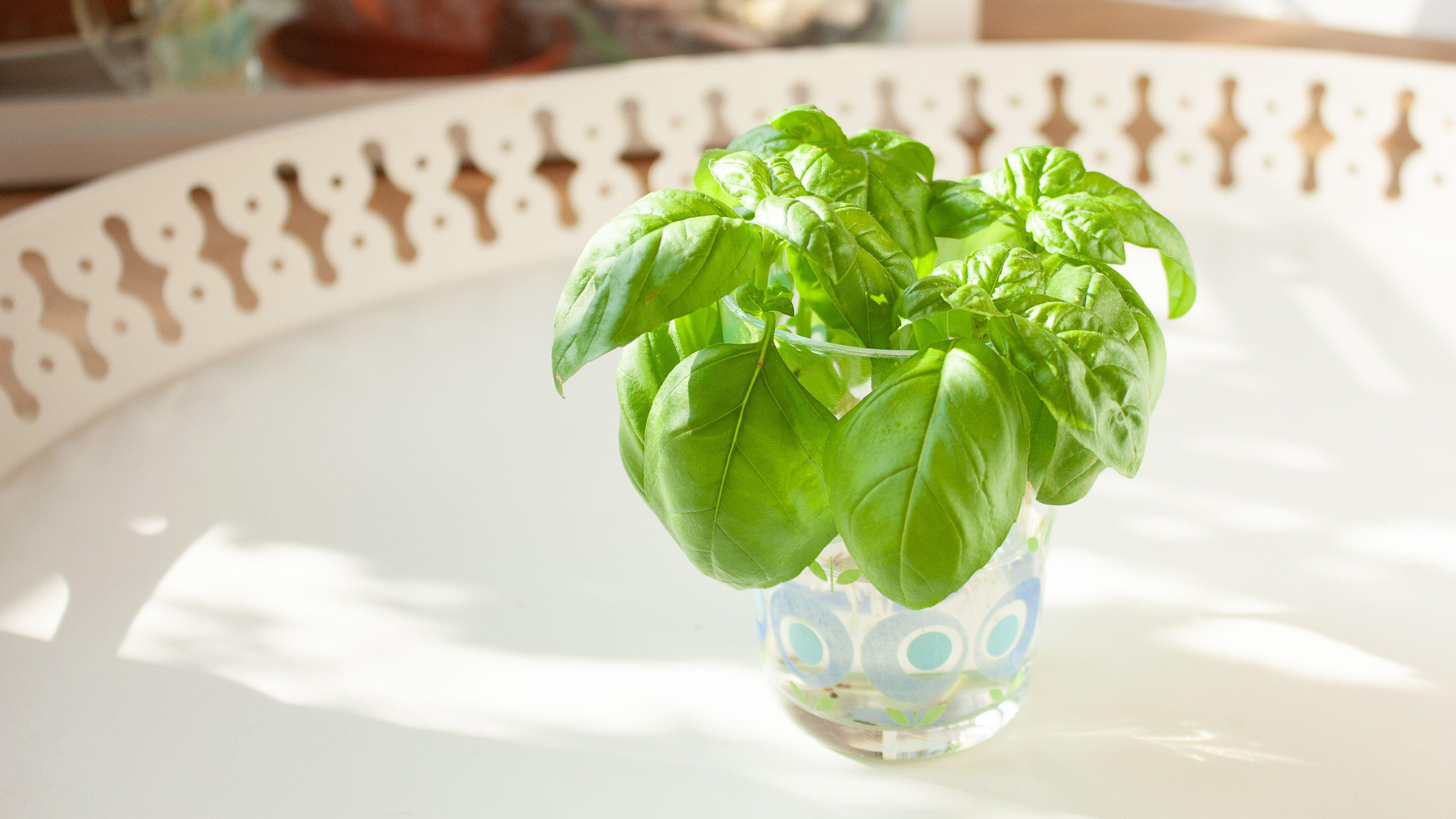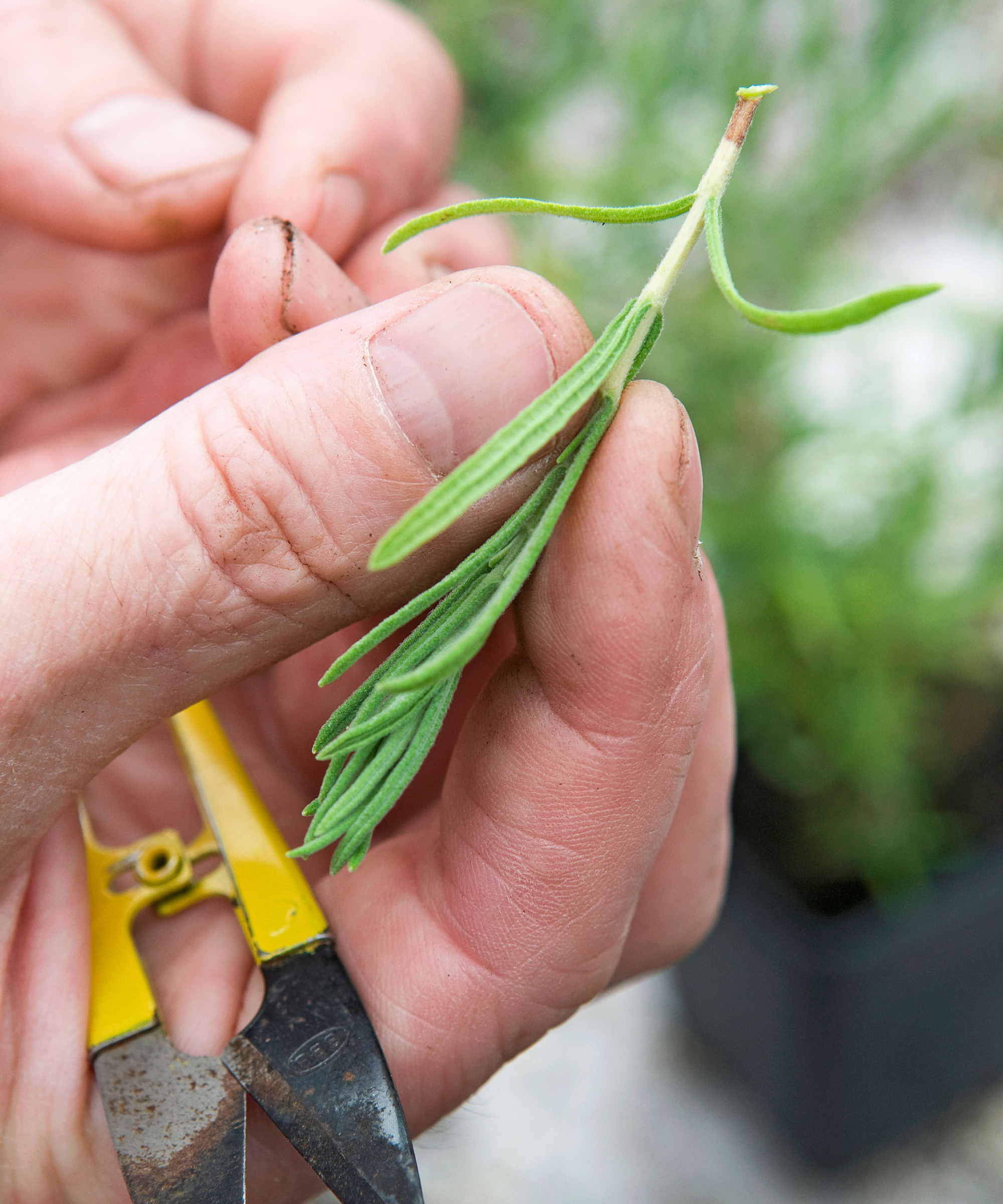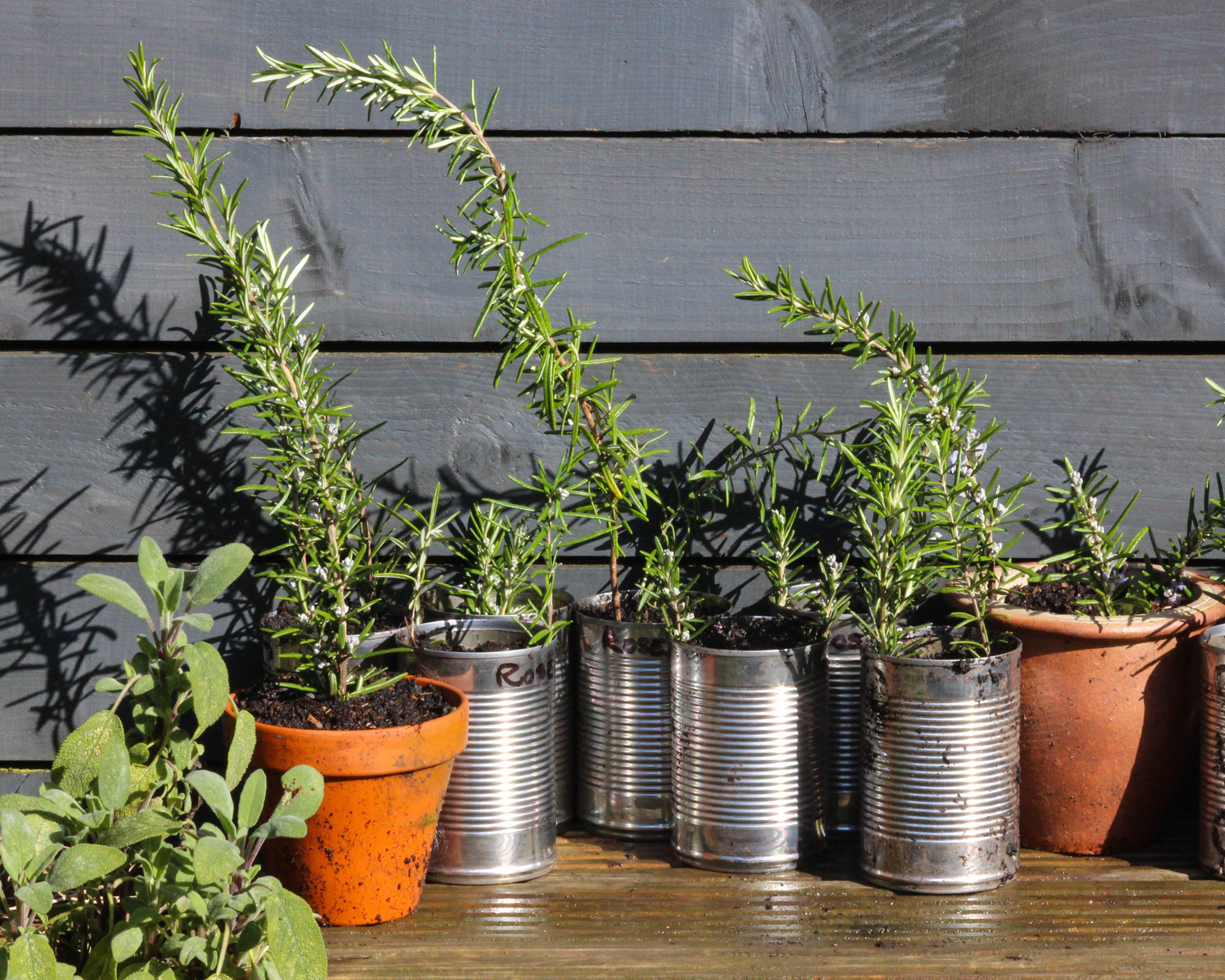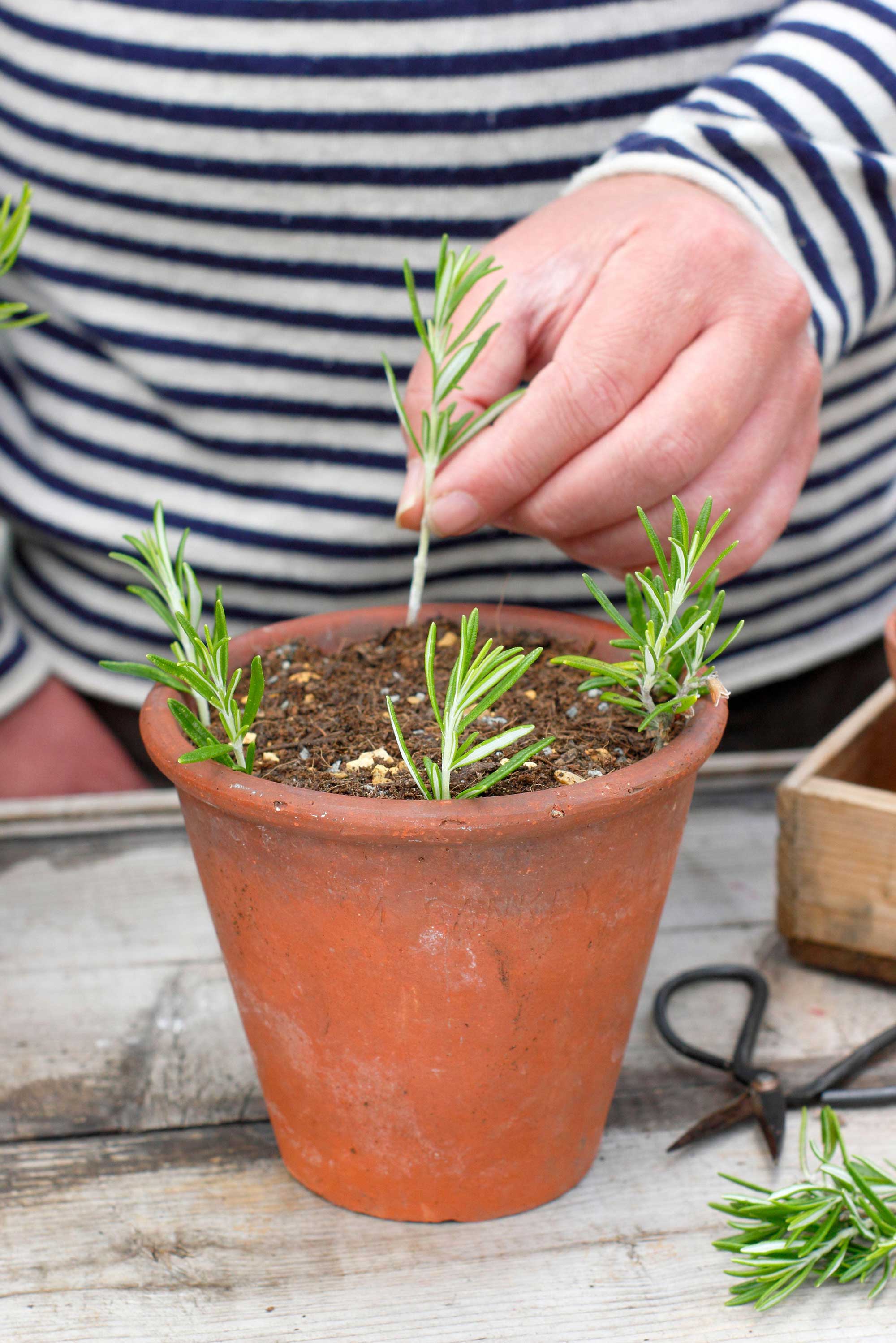Do you need to stick herb cuttings in water? Here's what garden experts say
Garden experts comment on the pros and cons of different propagating methods for herb cuttings

Is it really necessary to propagate herb cuttings in water? We've been seeing this propagating method everywhere lately, with images of basil or lavender cuttings proudly displayed in clear glass gracing herb growers' social media accounts.
Is sticking cuttings in water an essential part of learning how to grow a herb garden, or can you just stick them straight in some soil? We've spoken to professional gardeners about the reasons why some cuttings will do better if started in water, and which ones will do just fine if propagated in a soil medium.

Is it necessary to start herb cuttings in water?
In a word, no. As Erinn Witz, a garden expert and co-founder of Seedsandspades.com, says, 'it’s totally possible to propagate herb cuttings in soil, and for many herbs it may actually increase your chances of propagation success.'
If you're just beginning to propagate herbs, she recommends starting with mint and basil, 'both vigorous growers, and they usually do very well when started from a cutting, whether in soil or water.' The only thing to watch for is 'proper humidity levels with soil propagation' – if the cuttings dry out, they will die. You should especially watch moisture levels when learning how to grow basil.

Mindy McIntosh-Shetter, an Indiana-based gardener also known as the 'Outlander Botanist', confirms that soil propagation is appropriate for cuttings – you'll just need to watch soil moisture levels: 'The key is to make sure that you keep the soil moist, not wet and never let it dry out.' She also points out that you should never just stick a soft cutting into the soil – you'll likely break it in the process. 'Making a hole in the soil prevents the stem from breaking. Next, move soil around the cutting. After all cuttings have been planted water the soil until it is evenly moist. Continue to monitor soil moisture. After a few weeks, gently pull on the cutting. If you feel resistance then the cutting has rooted.'
Which are the easiest herbs to grow from cuttings?

Stephen Webb, editor and founder of Garden’s Whisper, explains that 'the best herbs to propagate by cuttings are those that easily root, such as
mints, scented geraniums, rosemary, and thyme. Other herbs to consider propagating from cuttings include lemon balm, borage, bee balm, basil, and hyssop.'
And the trickier herbs to grow from cuttings? You may find that figuring out how to grow rosemary or lavender from cuttings is a little harder. Erinn says: 'Herbs with woody stems, like rosemary and thyme, usually do better using the soil propagation method. They can be a little trickier to get started, too.' Adding rooting hormone may ease the process, but your best bet growing hardwood perennials may be to just get plug plants from your local nursery.
Anna writes about interior design and gardening. Her work has appeared in Homes & Gardens, Livingetc, and many other publications. She is an experienced outdoor and indoor gardener and has a passion for growing roses and Japanese maples in her outside space.
